Interview with Heimo Scheuch, wienerberger
Last June in Vienna, its host city, the Brick Award honoured five architectural offices around the world that had succeeded in magnifying the brick. On this occasion, we met Heimo Scheuch, current CEO of wienerberger, the century-old company behind the award.
Anastasia de Villepin
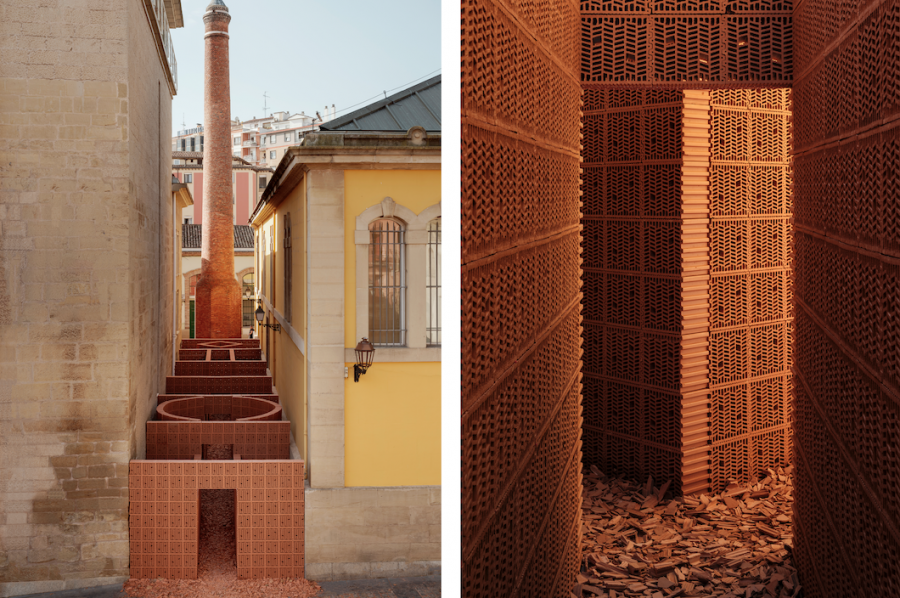
Hangar, Palma, installation ‘Types of spaces’, Logroño, Spain, winners of the ‘Building outside the box’ category. Photographs: Luis Diaz Diaz.
AA: The Brick Award has been in existence for over twenty years and has helped to highlight the use of a universal material, clay bricks, through projects that are often exceptional. At the Brick Award 2024 ceremony, you briefly recounted the history of the award, recalling your doubts twenty years ago. What do you think of it today?
Heimo Scheuch: Indeed, when we launched this prize on an international scale, we were very worried that there wouldn’t be enough entries. And was this prize, launched by a manufacturer, going to be well received by the profession? Step by step, the architectural community – which, as you know, is a community that proudly asserts its independence – came to appreciate the Group’s transparency. The jury is independent, and the wienerberger Group never intervenes in the choices. We simply provide the structure for this to happen. What’s more, there are no restrictions on the use of bricks: it’s not compulsory to use our own brand products. From the outset, we chose not to organise this prize for our products. The idea was to open up the field as much as possible – and this 2024 edition proved that, with many projects coming from South America, for example.
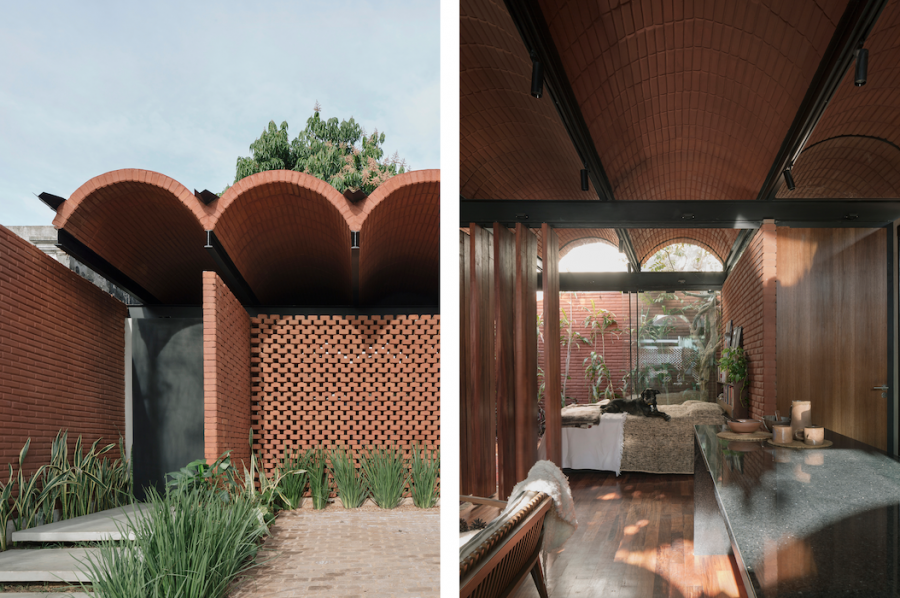
Equipo de Arquitectura, house, Asunción, Paraguay, winners of the ‘Feeling at home’ category. Photographs: Federico Cairoli.
AA: AA’s new issue focuses on the theme of water. How is a company like yours tackling the issue of water scarcity?
Heimo Scheuch: This is indeed the big issue in Europe. Before answering, I’d like to come back to the proposal by some MEPs to set up a Europe-wide Blue Deal, which would complement the Green Deal [a set of political initiatives proposed by the European Commission with the aim of making Europe climate neutral by 2050. Ed.]. The problem with this kind of initiative is that it has to be affordable for the public, which won’t necessarily be the case: water prices will continue to rise and one day we won’t be able to pay for water. We don’t need regulation, we need political conviction.
AA: In architectural terms, how do you think about ‘dry construction’? In terms of materials, such as bricks, are there solutions for recovering water?
Heimo Scheuch: At wienerberger, we don’t just think in terms of ‘bricks’ or ‘tiles’: we think in terms of the ‘house system’. If the challenge is to collect water, we start with the roof. Today, more than just an element that protects the house, the roof can produce energy, thanks to photovoltaics, or recover rainwater for watering, heating or even grey water. On the technical side, this can be achieved through the development of systems that we offer that collect and filter the water. There is also a digital aspect that we are developing, to collect data and, as far as water consumption is concerned, we are placing a lot of emphasis on reuse, even though this is a sector that is still underdeveloped in Europe.
AA: French company Terreal, manufacturer of terracotta building materials, has recently joined wienerberger. Could you tell us few words about this acquisition?
Heimo Scheuch: We are very proud to welcome Terreal to the wienerberger family. In the past, we spoke of a ‘protective roof’, but today we can proudly speak of a ‘useful roof’. The renovation and refurbishment of Europe’s building stock are crucial steps on the road to carbon neutrality and make a significant contribution to the creation of sustainable and affordable housing. By developing the company into a leading pitched roof expert, integrating solutions such as solar energy, rainwater harvesting as well as accessories and insulation, we are creating a solid platform for future growth in Europe.
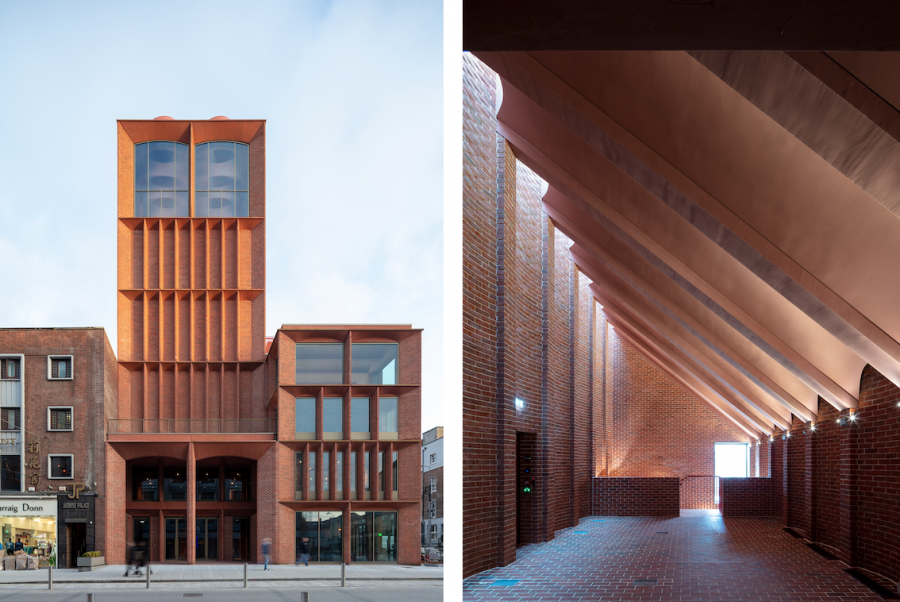
Níall McLaughlin Architects, International Rugby Experience, Dublin, Ireland, winners of the ‘Sharing Public Spaces’ category and Grand Prize winner. Photographs: Nick Kane.
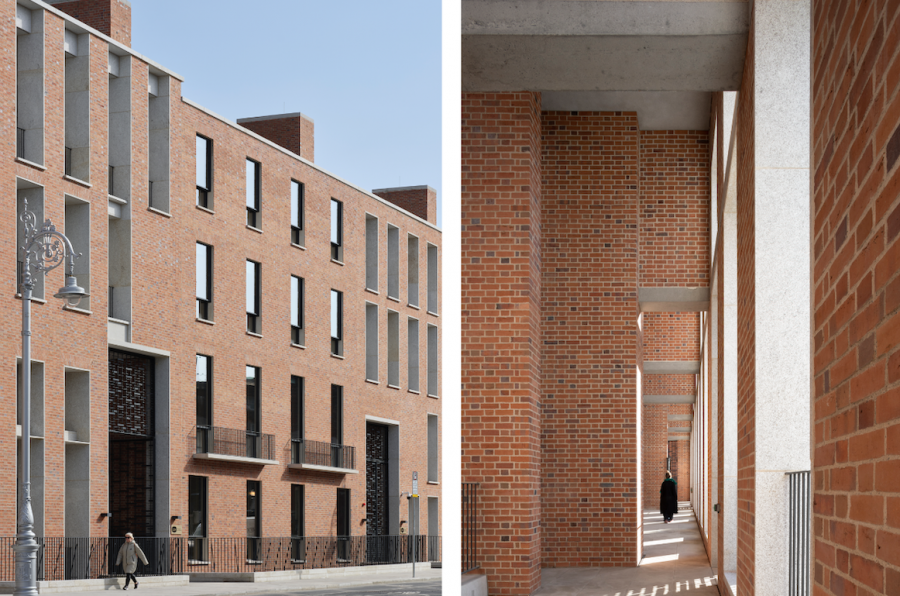
Grafton Architects, O’Mahony Pike Architects, Electrical Supply Board headquarters, Dublin, Ireland, winners of the ‘Working Together’ category. Photographs: Ros Kavanagh.
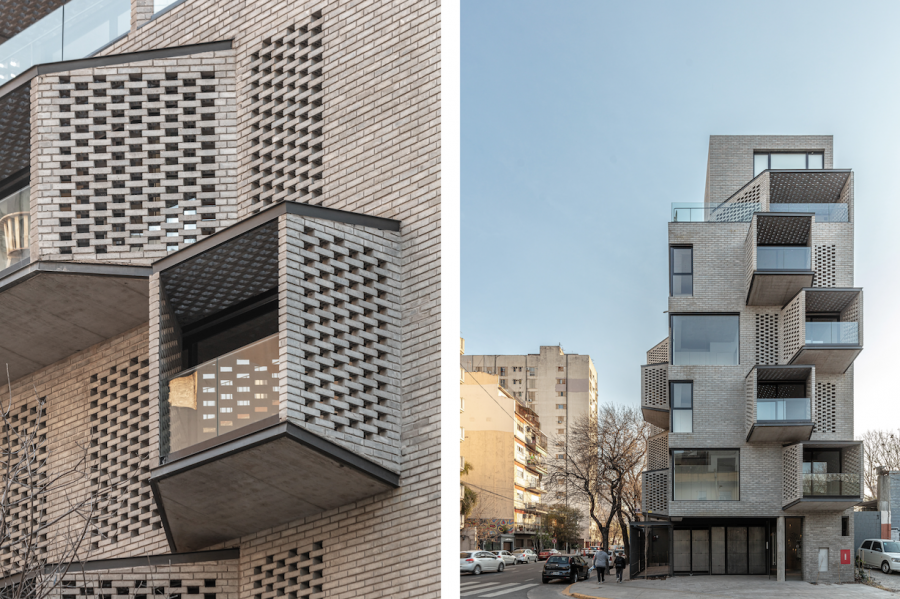
Arqtipo, M 5605 building, Buenos Aires, Argentine, winners of the ‘Living Together’ category. Photographs: Federico Kulekdjian.
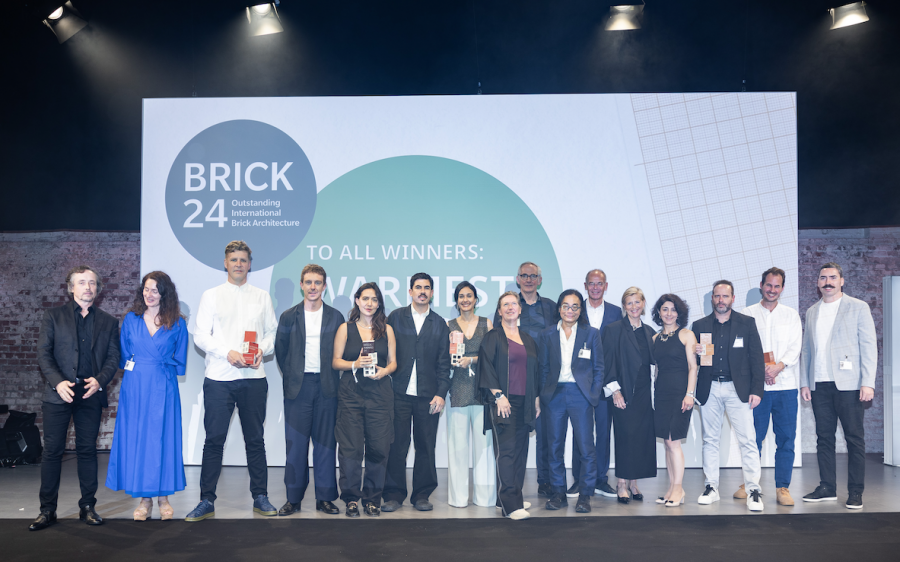
The Brick Award 24 winners, with the members of the jury: Christelle Avenier, Avenier Cornejo Architectes (FR) ; Christine Conix, Conix RDBM Architects (BE) ; Wojciech Malecki, Maleccy biuro projektowe (PL) ; Boonserm Premthada, Bangkok Project Studio (TH) ; Ingrid van der Heijden, CIVIC architects (NL).
About wienerberger is a leading international provider of innovative and environmentally friendly solutions for the entire building envelope, both for new buildings and renovations, as well as for water and energy management infrastructures. With more than 20,000 employees in 28 countries, wienerberger solutions help to create energy-efficient, healthy, climate-friendly and affordable homes. Every two years for the past two decades, wienerberger has organised the international Brick Award, providing a stage for outstanding brick architecture and its architects. The Brick Award honours pioneers in brick architecture to encourage innovation and support those who find new solutions to the environmental and social challenges facing the building industry.

